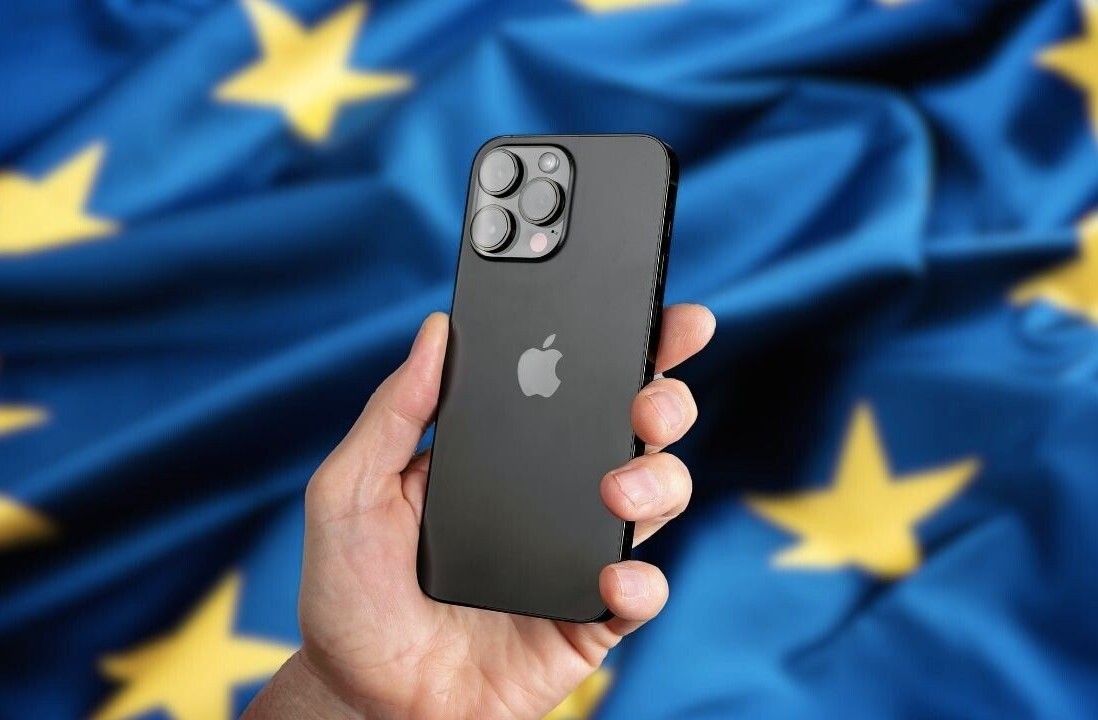
A patent filing discovered by Apple Patent points to an improvement to Apple’s oleophobic coating process that helps its devices reject skin oils. The new process seems to be a more efficient way of applying the coating to device glass, making the coating more effective.
We don’t report on too many patents filed by Apple here at TNW, because many times the products and processes described therein are years from appearing, if ever. This patent seems to be a bit different however, in that it is an improvement to a process that Apple developed several years ago to help prevent fingerprinting on their devices and the filing date of February 2011 seems to jive with a process that may be used for an iPhone due out later this year.
The iPhone 3GS was the first Apple device to sport the oleophobic coating, which Apple said would prevent the device from getting smeared and smudged by your greasy digits. The method that Apple uses currently to apply the coating is placing a bunch of pellets of coating in a chamber with the glass then superheating the pellets, which vaporize and coat the glass.
This process is inefficient for several reasons, including the potential for contamination and the fact that heating the coating material could limit its effectiveness. So it seems that Apple has come up with another process for applying the coating, described in the patent:
A raw liquid material that includes the oleophobic ingredient can be placed in a liquid supply system coupled to a vacuum chamber. The liquid supply system can be pressured by an inert gas to prevent undesired chemical reactions between the oleophobic ingredient and air. The liquid, including the oleophobic ingredient, can vaporize upon reaching the vaporizing unit, and the oleophobic ingredient can be deposited on the component.
So with the new method, the coating is kept in liquid form inside a bottle that is constantly pressurized with inert gas and sprayed directly onto the surface of the glass.

Hopefully this means that the oleophobic coating of the iPhone 5 will be super oil-resistant. I’ve found that my 3GS’ coating, at over two years old, has lost most of its oil rejecting powers and my iPhone 4 isn’t much better. My iPad 2 is still going strong but I expect that it too will soon begin to smudge heavily. If Apple can improve the effectiveness and longevity of the coating then I say spray away.
Get the TNW newsletter
Get the most important tech news in your inbox each week.





